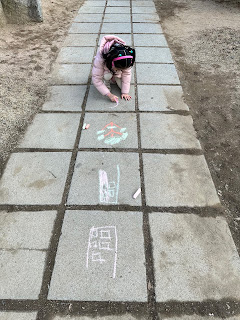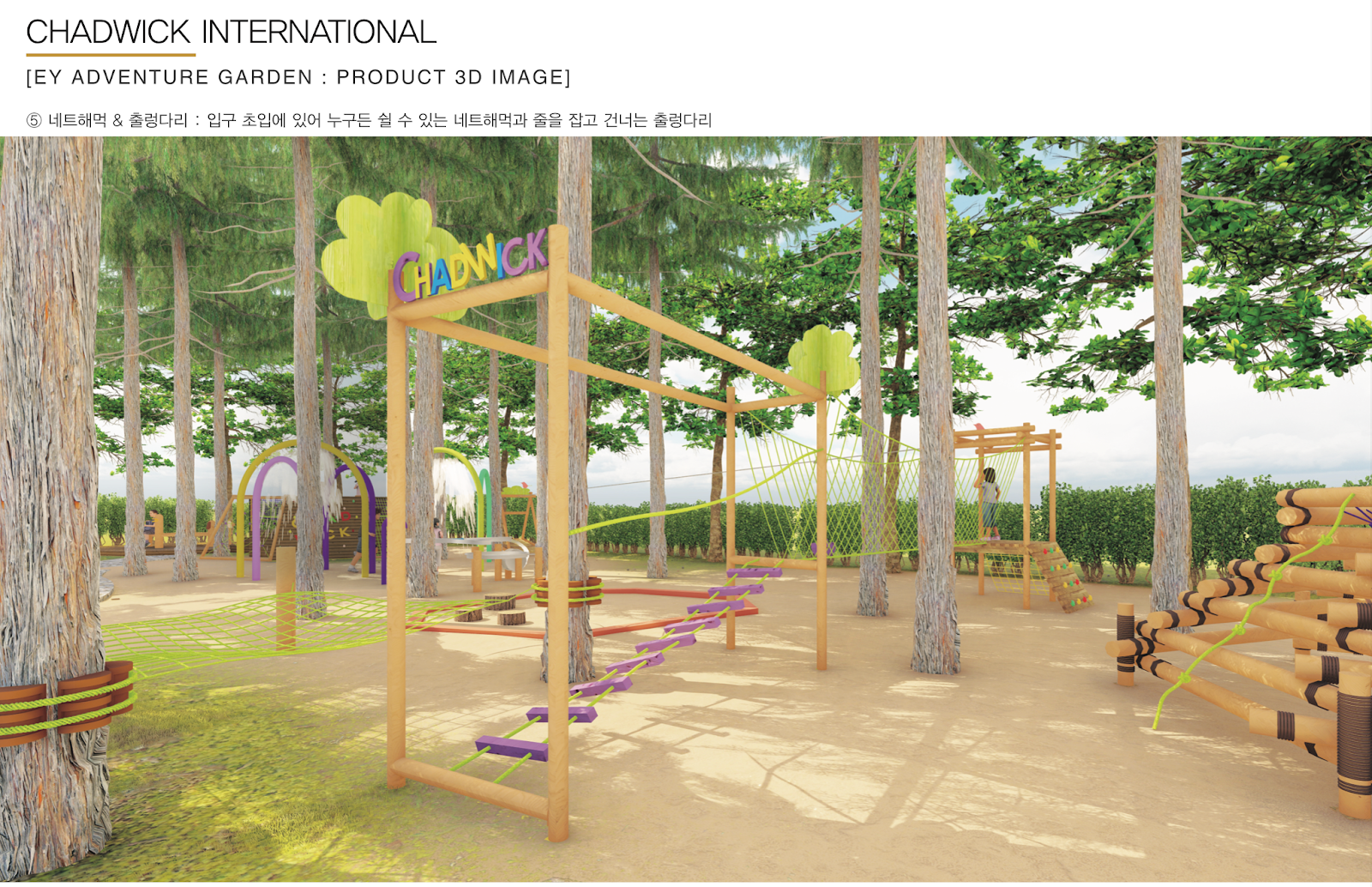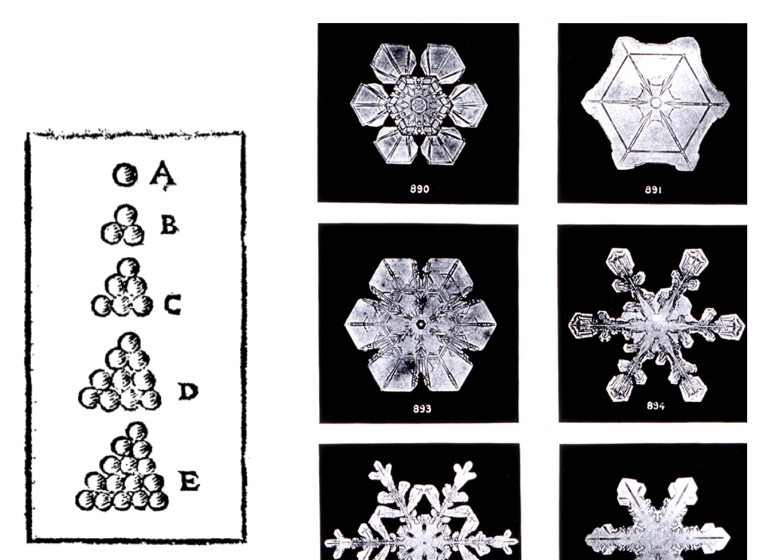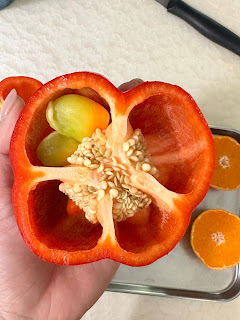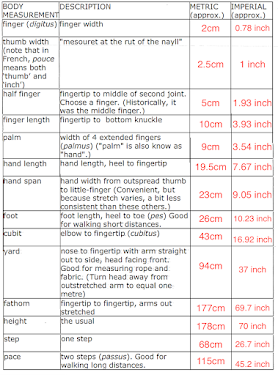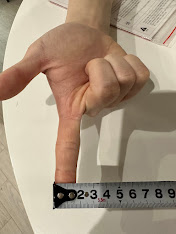This week, I took some of my students outside, and they were really excited, even though it was super cold, below -10 degrees!
To kick off our outdoor adventure, I instructed my students to find a spot and sketch anything they observed that was living or human-made. With materials like paper, pencils, and chalks from the classroom, they enthusiastically began drawing their surroundings. What surprised me was their focus on human-made structures in their sketch. Their sketches featured apartment buildings, our school campus, all defined by distinct lines and square shapes forming grids.
The sight of apartments and soccer nets immediately caught my attention, prompting me to join in the drawing. This experience resonated with the insights from this week's reading by Gerofsky & Ostertag (2018), highlighting how grids and building structures have served as powerful tools of territoriality and colonialism since the 15th century. The reading explained how grids compartmentalize spaces of thought into orderly, separate, and sealed boxes or cubicles (Gerofsky & Ostertag, 2018).
(My sketch of our school field)
Post-reading, I couldn't help but notice grids everywhere—floor patterns in photos, items on my classroom whiteboard, windows and doors of buildings, patterns on the school fence, and even the classroom itself, resembling a little grid box.
This experience triggered memories of a gardening activity I conducted last Spring with my former students at a school garden. I recalled attempting to control the garden by arranging it in rectangular or grid shapes, placing gardening paper in rows, and cutting it into rectangular shapes for seeds or planting.
Reflecting on this, I realized how we often find comfort in placing ourselves within rectangular shapes and grids, seeking a sense of control in our lives.
Returning to the outdoor activity, our students expressed disappointment at not finding any living things other than trees and humans. They explained that all the ants and other creatures (given the scarcity of bugs other than ants and spiders in our town) seemed to be in hibernation (why not?)
Prompted by this, I asked them to observe any patterns and lines they could identify. Their response emphasized rectangular and square shapes with straight lines. I posed another question:
"What if our buildings, soccer nets, and fences were not straight but irregular, and they didn't form rectangular shapes?"
They replied,
"That would be so weird, and maybe the buildings would collapse."
It was fascinating to hear their perspectives align with the insights from this week's reading—providing opportunities for students to explore different patterns, lines, and expressing the reasons behind them is crucial, especially in outdoor settings.
Here are some activities for experiencing lines and angles through whole-body movement or large body motions outdoors:
1. Utilize sidewalk chalk to draw various shapes and angles on the pavement. Encourage children to move along the lines or imitate the angles with their bodies. Incorporate games like hopscotch with geometric shapes or create a life-sized angle board where children match specific angles with their movements.
2. Engage in nature-inspired art using natural materials. Arrange sticks or stones to form geometric patterns or shapes, discussing the angles created by their placement.
3.Provide materials like sticks, stones, or branches for outdoor structure building. Discuss the angles formed by the arrangement of these materials, allowing children to visually understand how different angles contribute to the stability and design of their structures.
Reference
Gerofsky, S. & Ostertag, J. (2018). Dancing teachers into being with a garden, or how to swing or parkour the strict grid of schooling. Australian Journal of Environmental Education, 34/2, 172-188.







